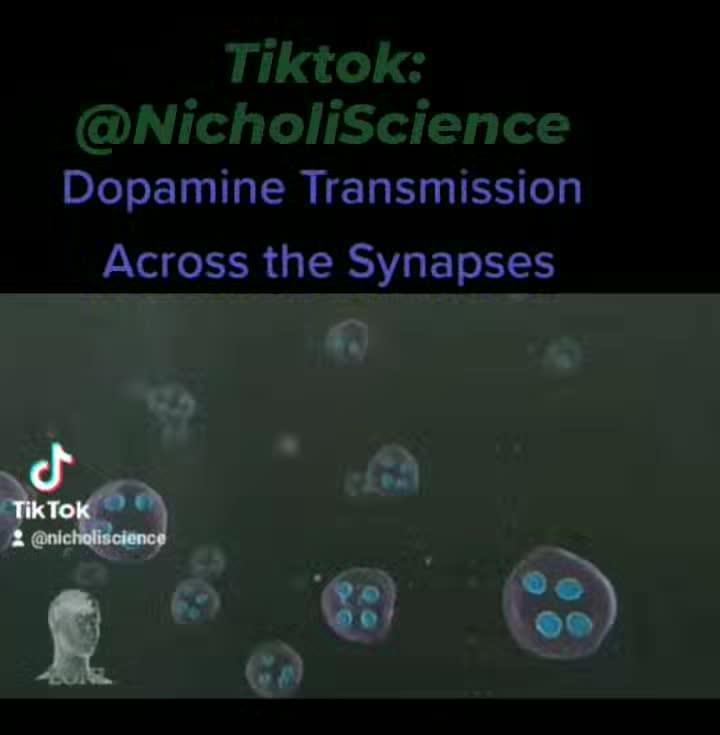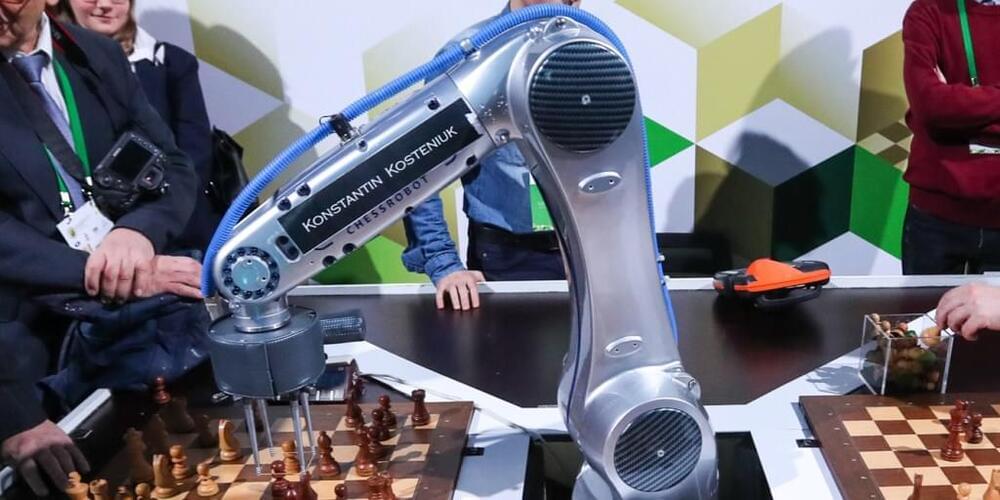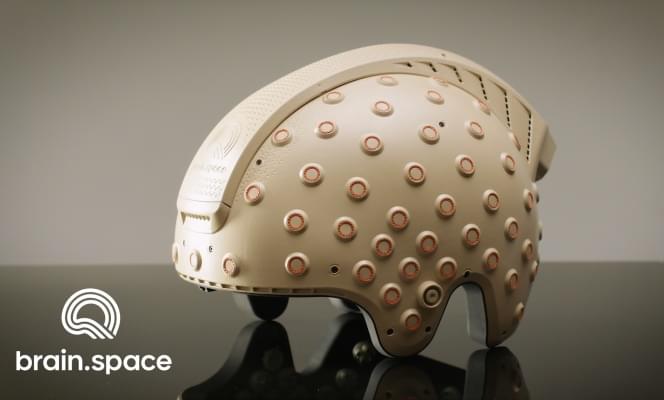Click on photo to start video.


Multiple ways to stop hypersonic missiles with current (non hypersonic) technology.
Awesome deals for long term food supplies for those long missions to deep space (or prepping in case your spaceship crashes: See the Special Deals at My Patriot Supply: www.PrepWithGreg.com.
For gardening in your Lunar habitat Galactic Gregs has teamed up with True Leaf Market to bring you a great selection of seed for your planting. Check it out: http://www.pntrac.com/t/TUJGRklGSkJGTU1IS0hCRkpIRk1K

A chess-playing robot fractured the finger of its 7-year-old opponent during a tournament in Moscow last week.
The incident happened after the boy hurried the artificial intelligence-powered robot, the president of the Moscow Chess Federation told the Russian state news agency Tass. “The robot broke the child’s finger — this, of course, is bad,” Sergey Lazarev said.
Video of the incident, which occurred at the Moscow Chess Open competition Tuesday, went viral on social media after a post by the local outlet Baza News.


The Expedition 67 crewmembers aboard the International Space Station spent Tuesday predominantly on research, maintenance, and cargo transfer operations.
Research beneficial to humans on Earth and future crews in space is happening around the clock aboard the orbiting laboratory. NASA Flight Engineer Kjell Lindgren used a majority of his day to service samples for the Immunosenescence investigation inside the Life Science Glovebox. Results from this study may one day inform treatments for accelerated aging processes commonly observed in microgravity and contribute to countermeasures for normal aging progression.

Figuring out what’s going on in the brain is generally considered to be somewhere between extremely difficult and impossible. One major challenge is that the best ways to do so are room-sized machines relegated to hospitals — but brain.space is hoping that its portable, powerful and, most importantly, user-friendly EEG helmet could power new applications and treatments at home and, as a sort of cork pop for its debut, in space.
Electroencephalography, or EEG, is an established method for monitoring certain signals the brain produces. An EEG can indicate which areas of the cortex are active, whether the user is concentrating, agitated, and so on. It’s not nearly as precise as an MRI, but all you need for an EEG is a set of electrical contacts on the scalp, while an MRI machine is huge, loud and incredibly expensive.
There’s been precious little advancement in EEG tech, though, and it’s often done more or less the same way it was done decades ago. Recently, that’s begun to change with devices like Cognixion’s, which uses re-engineered EEG to interpret specific signals with the goal of allowing people with motor impairments to communicate.


Death comes to all of us, and it’s never easy. If cemeteries and funeral homes don’t give you warm fuzzies, then consider instead having your body covered in soil and bacteria so it can be composted into mulch.
The idea of a human remains becoming rich soil that can lead to new life seems — oddly refreshing.
After a decade of planning and fundraising and a successful bid to change Washington state law, Recompose, a composting funeral home, is finally open for business.


Credit: Neuroimaging and Informatics Institute:
Dopaminergic Transmission.
Handbook of Basal Ganglia Structure and Function, Second Edition: https://www.sciencedirect.com/topics/neuroscience/dopaminergic-transmission.
Follow me on Tiktok: @Nicholiscience
USC’s Mark and Mary Stevens Neuroimaging and Informatics Institute applies innovative imaging and information technologies to the study of the brain. We share our data and resources with thousands of collaborators around the world.